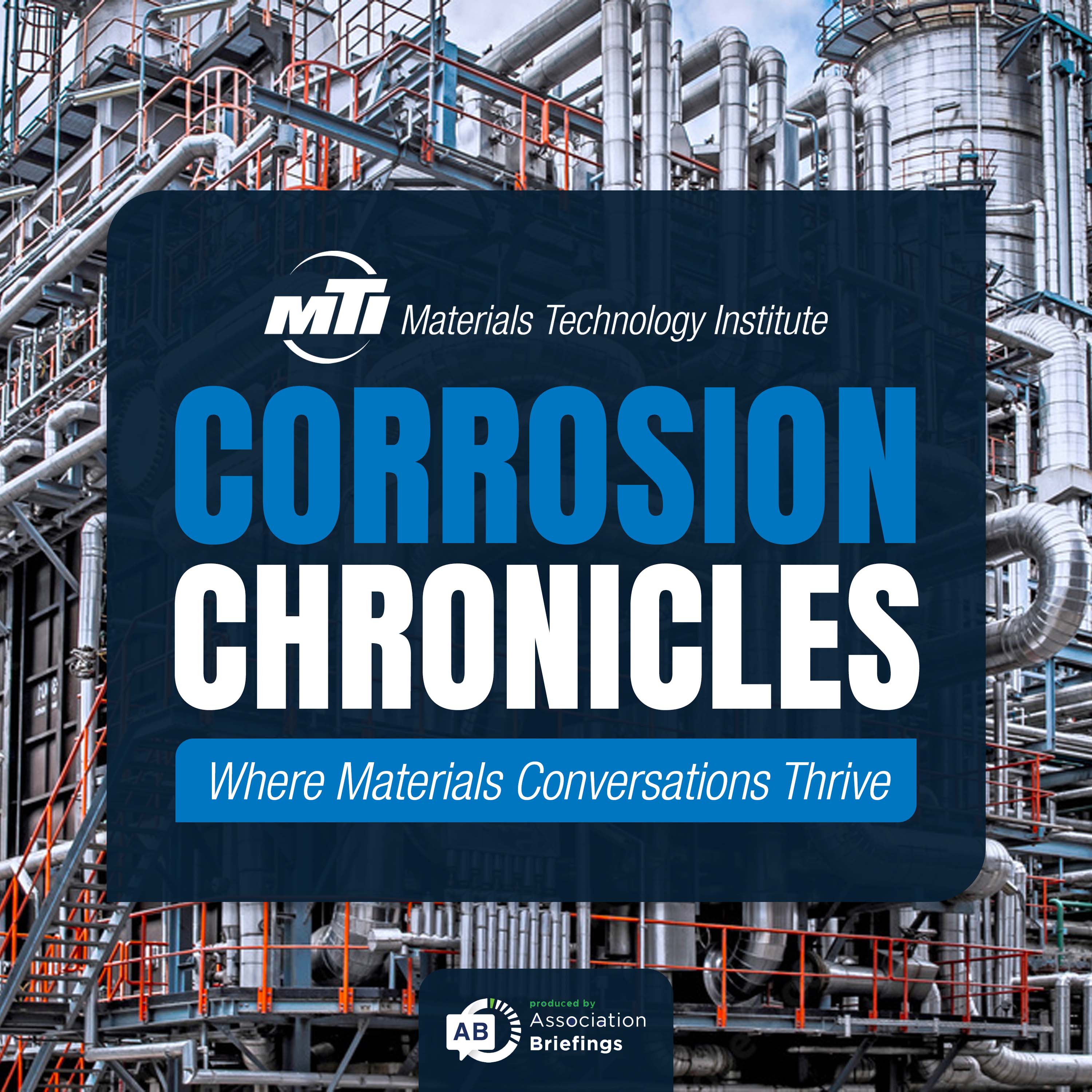Benefits and Challenges of Duplex Stainless Steels
Description
In this episode, Dr. Jim Fritz, industry veteran and current consultant for the Nickel Institute, sits down with co-hosts Heather Allain and Marc Cook to discuss the capabilities and limitations of duplex stainless steels. The three chat about the primary advantages of duplex stainless steel, including cost and resistance to stress corrosion cracking; primary disadvantages, including reduced formability; welding and managing the quality process; controlling the austenite-ferrite balance of duplex; and the upper and lower temperature limits for duplex stainless steels.
Show notes
For more information about MTI’s Global Solutions Symposium, visit https://www.mti-global.org/mtisymposium/home
Resources Available to Members:
MTI's Duplex Stainless Steel Atlas of Microstructures
MTI's Guidelines for Measuring the Amount of Ferrite in Duplex Stainless Steels
MTI's Fabrication of 2205 Duplex Stainless Steel REACs in Refinery Hydroprocessing Units
Resources Available to Nonmembers:
MTI's Guidelines for Measuring the Amount of Ferrite in Duplex Stainless Steels
MTI's Fabrication of 2205 Duplex Stainless Steel REACs in Refinery Hydroprocessing Units
Corrosion Chronicles is produced by Association Briefings.
More Episodes
In this episode, Jan-willem Rensman, Fellow at Fluor and subject matter expert in Metallurgy and Welding, joins co-hosts Heather Allain and Marc Cook for an in-depth discussion on stress relaxation cracking (SRC). Together, they cover topics including: defining SRC and understanding where and...
Published 11/06/24
In this episode, Dale McIntyre, a designated professional with the Materials Technology Institute, joins co-hosts Heather Allain and Marc Cook to dive into the topic of anodic stress corrosion cracking, with a specific focus on chloride stress corrosion cracking (CSCC). They explore key SCC...
Published 10/02/24
Published 10/02/24


